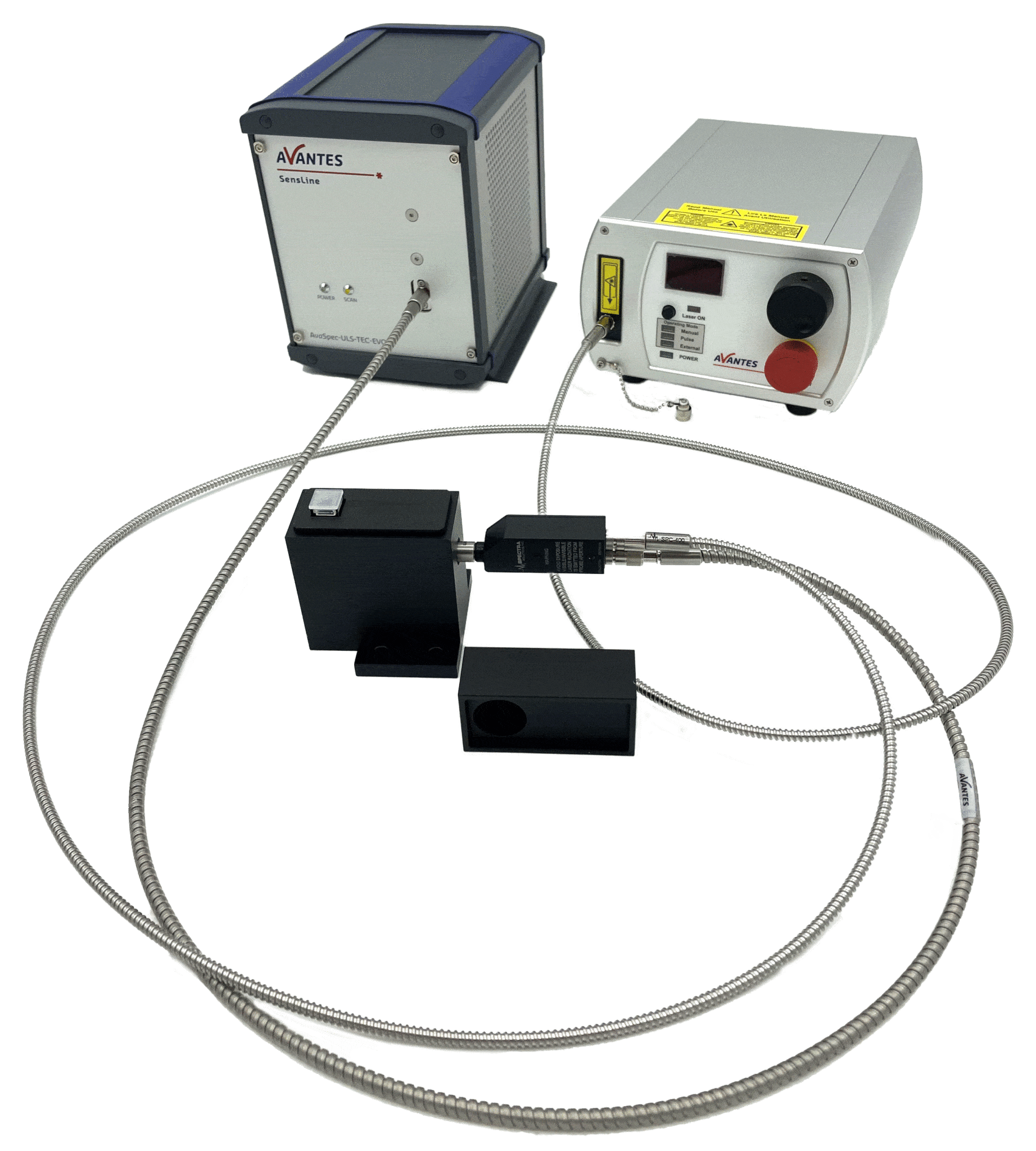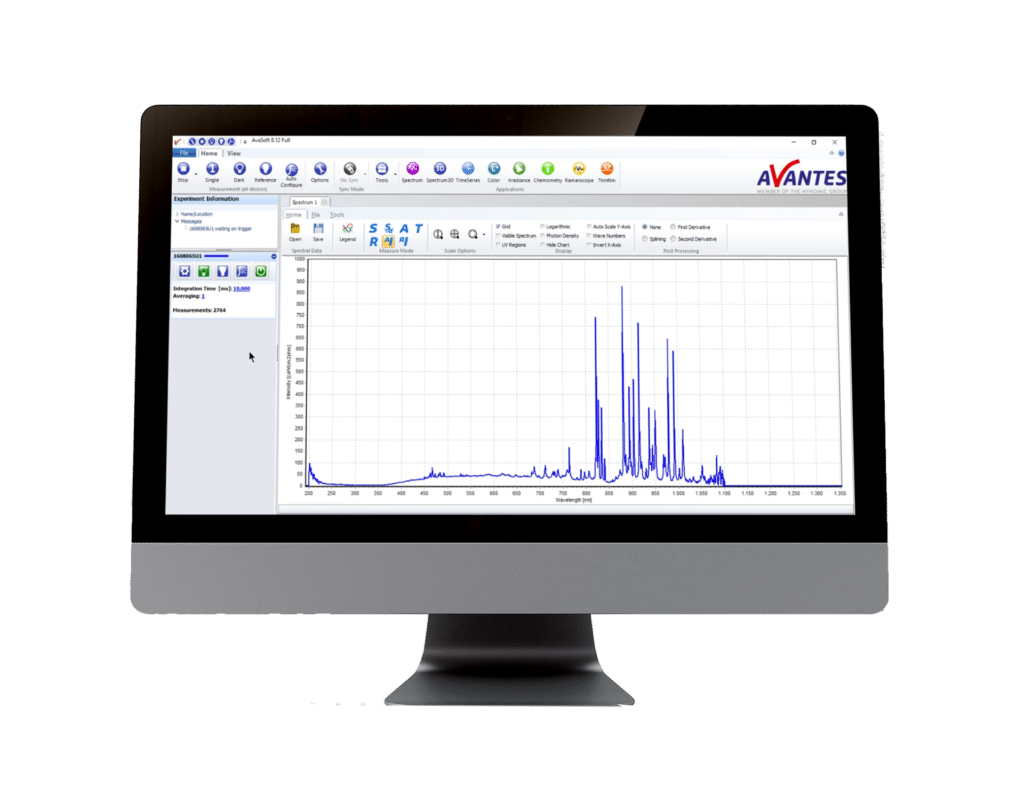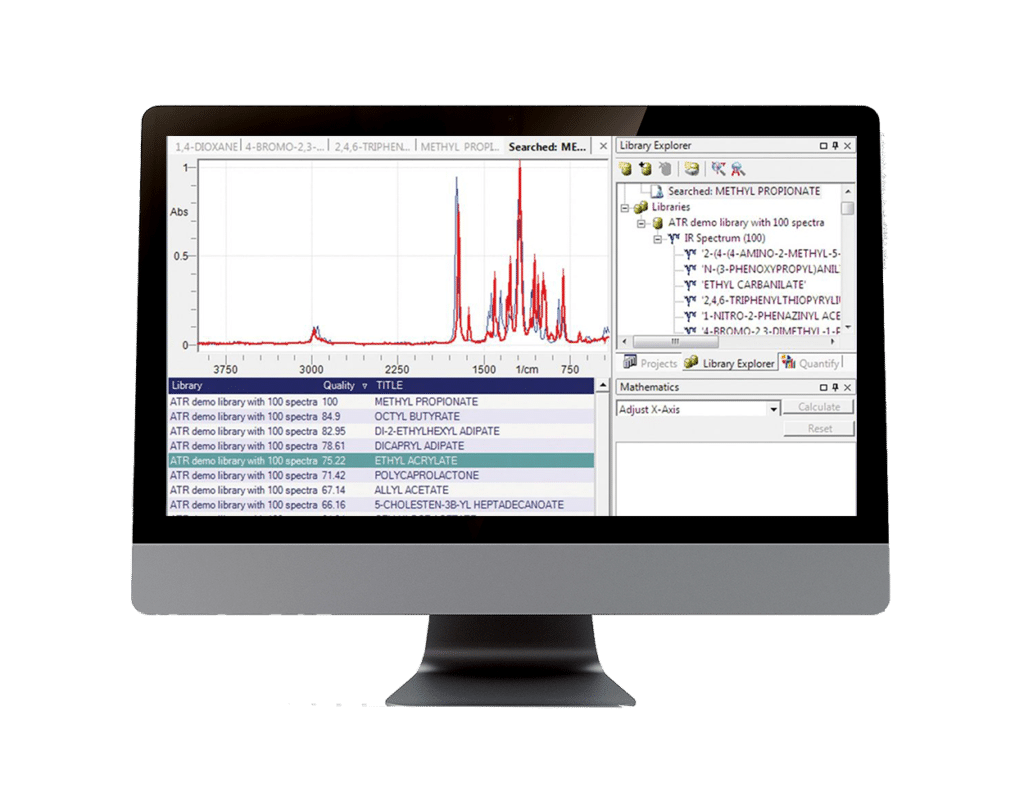Introduction to Raman Spectroscopy
Raman spectroscopy is a powerful analytical technique that analyzes the inelastic scattering of photons in covalently bonded molecules. This scattering reveals a material’s unique molecular fingerprint, crystallinity, and other key characteristics. Raman spectroscopy is essential for accurate material identification and monitoring changes in molecular bond structures, such as state changes, stresses, and strains.
At Avantes, we enhance your Raman measurements by utilizing high-sensitivity AvaSpec spectrometers, expertly paired with a range of lasers, including 532 nm and 785 nm. Our spectrometers are precisely configured to match the specific laser wavelength, ensuring optimal results for your Raman analysis.
Why Choose Our Raman Spectroscopy Equipment?
In-House Development & Strategic Partnerships Our headquarters in the Netherlands is home to a cutting-edge manufacturing facility, serving as the global hub for designing and producing our advanced products and software. With all design, engineering, and manufacturing capabilities in-house, we conduct thorough needs analyses and collaborate closely with you to develop solutions that perfectly align with your specific requirements.
Advanced TE Cooling Technology All AvaRaman spectrometers feature an integrated Peltier cooling system, delivering ΔT cooling down to -35°C relative to ambient temperature for exceptional dark noise reduction. This system maintains the detector at a precise 5°C, with a stability of ±0.1°C, thanks to the advanced PID controller. Our TEC cooling technology enables extended integration times, enhancing the detection of even the smallest signals.
Optimized Optical Bench Design Our spectrometers utilize a symmetrical Czerny-Turner optical bench design for superior performance. Light enters the bench through a standard SMA-905 connector, where it is collimated by a spherical mirror. A plane grating then diffracts the collimated light, which is subsequently focused by a second spherical mirror. The resulting spectrum is accurately projected onto a 1-dimensional linear detector array.
 My Cart
My Cart 



